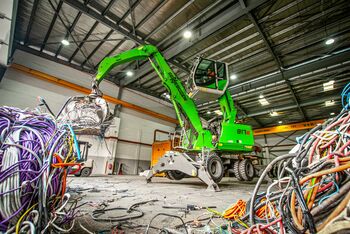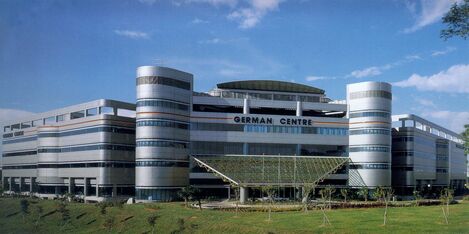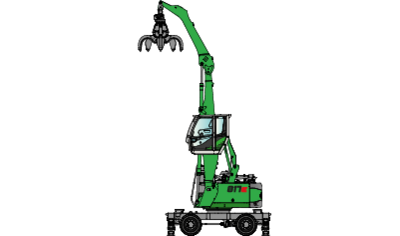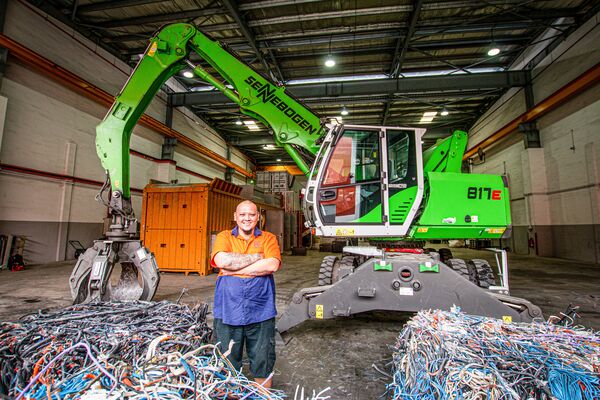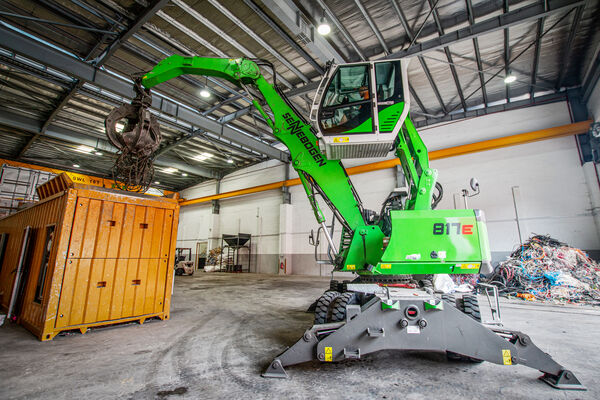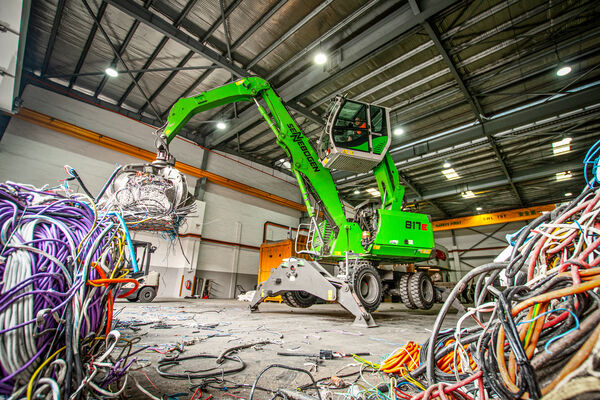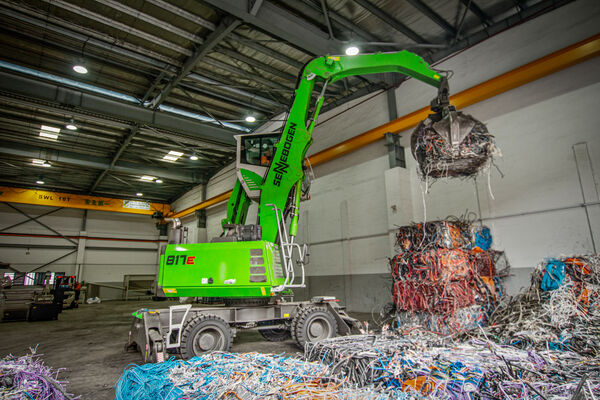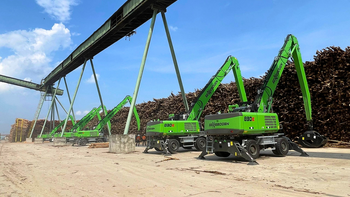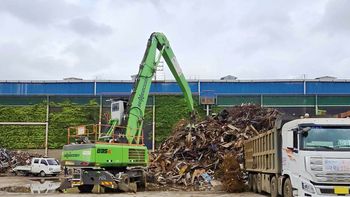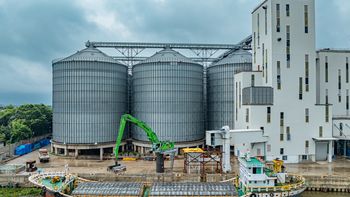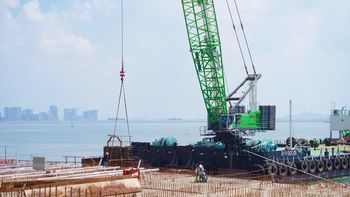Copper recycling in Singapore: Efficient indoor material handling
In search of a compact material handler that could process recyclable materials faster and more seamlessly in Singapore, Select Metals Pte Ltd turned to SENNEBOGEN's recycling specialist, the 17-ton 817 E series material handler. This highly compact and efficient solution from SENNEBOGEN helped Select Metals achieve its recycling targets while reducing secondary pollution.
Select Metals is one of Asia Pacific‘s leading international trading companies handling non-ferrous recycled metals (copper, aluminum, nickel, lead, zinc, mixed metals). Being in the business of recycling metals from materials such as electrical wires and power cables, Select Metals wanted a state-of-the-art machine that would be highly efficient and environmentally friendly – and chose together with sales and service partner Aly Energy the SENNEBOGEN 817 E.
Modernising recycling methods in Asia
Many recycling companies in Asia are still using traditional methods such as fire, water or chemicals for wire recycling. However, these methods are considered outdated as today’s purity standards are much higher. This called for modern solutions to drive extraction of recyclables to the requisite quality.
Select Metals had modernised its recycling approach, incorporating a granulator machine to separate and further process copper and plastic. The granulator separates copper and plastic through multiple processes such as pre-shredding, granulating, air separation, density separation and size separation, without producing harmful secondary pollution.
817 E simplifies and accelerates the granulator process
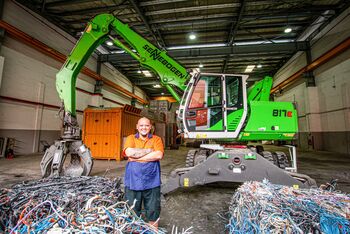
This is where the SENNEBOGEN 817 E comes in. The granulator process was in need of an equipment that would handle the materials in quick cycles, and load it safely to the granulator machine.
Mr. Mohammad Hamshah, the operator from Select Metals, explains how the SENNEBOGEN 817 E helped increase their efficiency in the granulator process. “With the four shells of the orange peel grab, I can perfectly grasp the bundle of copper wires weighing up to 1.5 t, and feed them into the granulator easily.”
He adds that the cab height was a major help in simplifying the process. “The elevating cab is a big plus; it enables me to look into the hopper at ease.”
The SENNEBOGEN 817 E can handle 1.3 ton at 9 m reach in radius. This means that the 17-ton machine can stay still whilst doing its job - it is not required to move around in order to grab the copper wire from the ground to feed the granulator. This saves the company both time and operating costs.
Moreover, the continuous windshield enables the operator to clearly see the view, without unnecessary blocking from bars, strips and control elements. The machine is also designed with full-power LED headlights, enabling the operator to maximize focus and provide proper attention to detail. This makes the compact 817 E material handler a great companion for indoor recycling lines, and low lighting conditions.
State-of-the-art engine technologies reduce CO2 emissions
Machines that offer ecological solutions are a high priority nowadays - especially with the global need to reduce carbon emissions. This provides an opportunity to invest in technologically advanced machinery that are both energy-saving and environmentally friendly.
The SENNEBOGEN 817 E, not only produces fewer emissions but also aids in reducing the fuel consumption rate. Its EcoMode, an essential part of SENNEBOGEN’s Green efficiency technology, automatically reduces the speed of the engine depending on the task at hand. It is designed to limit its speed when carrying simple, menial tasks, and can reduce the engine speed to up to 40 % when there is no power required for a period of time. This avoids unnecessary fuel consumption.

